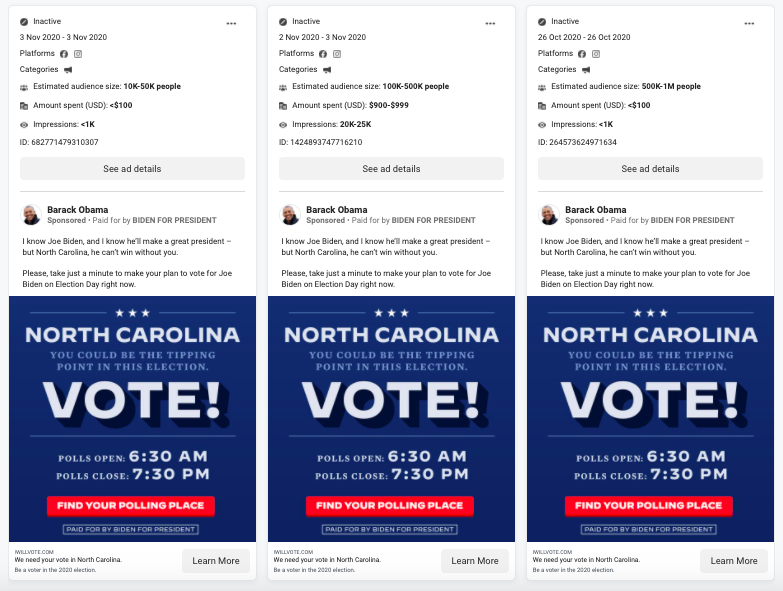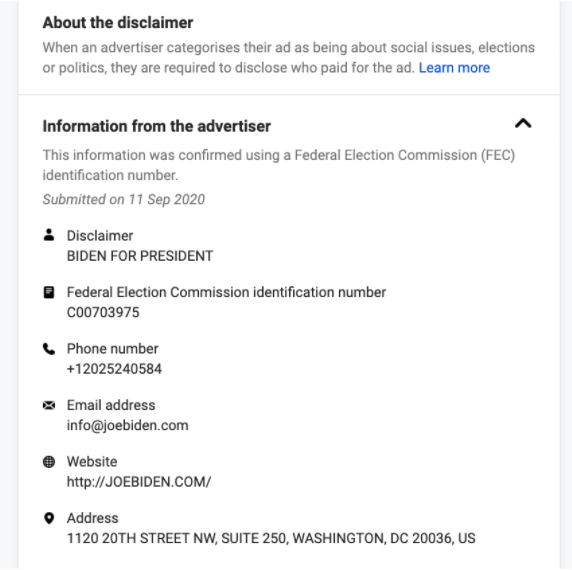14 Best Social Media Automation Tools To Leverage in 2023
We know the struggles of social media managers: juggling multiple accounts, keeping up with content creation, and never quite having enough hours in the day. 🥵 Well, we’ve got your...
It took the government sector a while to adapt to social media, as they avoided it for a long time. Not without a few hiccups and challenges, social media became an important tool for governments to communicate with. Trust is declining in them, so remaining silent and not using social media for government is no longer acceptable in 2022. In that case, what is the best approach?
Let’s talk about the benefits, challenges, and best practices for governments to leverage social media platforms.
How to engage citizens in the digital age? The obvious choice seems to be social media. These platforms are driven by a high level of engagement, strong discourse, large reach, and quick response times. Being active on social media is important in order to not only be known, but also trusted, respected, and in touch with the community.
Every government agency seeking to capture and maintain public sentiment simply must use social media to do so.
Social media provides unprecedented access to different points of view, discussions, and feedback. Governments had to rely on monologues prior to social media, whereas this now facilitates dialogue. In addition, social media is often used to respond to negative feedback. Governments can change how they wish to be perceived, avoid social media crises, and react appropriately in some threatening situations. This would not be possible without social media.
However, a result of this is that once something is published it can be reposted and retweeted without the author’s knowledge. Social media monitoring enables them to identify, track, and adjust to the sentiment of replies though.
Facebook and Twitter, for example, are great for sharing events that are happening in your area or publicising actions that you’re involved in. Governments lacked access to such platforms in the past, so they had difficulty reaching the masses when promoting initiatives.
Nowadays, social media can simply serve as an announcement board. A government can reach many people in a short period of time with important news or announcements, and measure their impact as well.
The government of New Zealand spends more than $90 million per year on communication, with that amount still increasing. Even back in 2016, US federal agencies spent about $15 billion per year on PR.
What can we learn from these data? Governments need to market themselves too, but doing so comes at a high price. Through social media, the costs can not only be reduced but also better distributed and targeted. If governments are to spend money on marketing, let them spend it wisely.
Many people find government bodies to be unreachable, not human, or simply unattractive and unpleasant. Social media may be able to help improve their image and provide a little warmth. In addition to supporting their provision of assistance, governments can also show their humanity through effective interaction. Additionally, they can engage their employees in social media communication.
Governmental teams do not have the easiest times interacting on social media. Despite how curated their communication seems, there will always be people who complain, make negative comments, or engage in unmeritorious discussions.
Those who wish to build not only brand awareness but also trust on social media might find it rather difficult to not act impulsively upon receiving a large amount of such feedback.
Governments cannot do much about this – it is, was, and always will remain a challenge that must be dealt with in order for them to maintain that all-important sense of security on social media. Having no social media policies, guidelines, or specific employees in place can also be extremely threatening for any government.
You cannot open social media at 9am and close it at 5pm – you need to be aware that conversations will continue outside of working hours. Government bodies must therefore be prepared for ongoing moderation and community management, which can be troublesome and even frustrating at times.
It is no longer sufficient to simply be present on social media – you must also be active in your communication. This means not only responding to social media posts but also keeping your audience up-to-date on the latest initiatives and news. A further challenge lies in the fact that governments may not have the time to conduct this properly and, more importantly, on a continual basis.
Being present on social media is not just about setting up a few accounts and posting whatever you feel like. Developing a set of procedures that will be followed by everyone who is involved in the process is a crucial, yet time and resource-consuming task.
These procedures should include social media guidelines on how to respond to comments, responsibilities that are distributed within the team, and how to access assets. An approval workflow should also be introduced in order to avoid misunderstandings when handling social media. We’ll cover that later on.
Political preferences will be a key factor in communication, and that is a challenge faced by all governments in the world.
Chances are that political opponents will be more vocal than followers and supporters. Getting involved with social media comes with the challenge of interacting with different groups. As much as this can’t be avoided (government profiles must be public and very transparent in terms of advertising policies), creating a couple of responses to use when necessary is good preparation.
This point is so important that we decided to dedicate a separate headline to it.
In addition to creating engaging content to rally support, governments must ensure that their content is compliant and in line with all regulations.
What does this mean?
Governments are legally bound to be fully transparent when it comes to advertising policies and budget spendings. They also need to be compliant with various external policies, such as:
Government advertisers have even more guidelines to adhere to on platforms like Facebook. Additionally, each and every step they take can be tracked as a result of advertising policies needing to be crystal clear and transparent.


In the Facebook Ad Library, each political campaign is divided into the following prime factors:

Why is this the case though?
Facebook, like many other social media platforms, has a huge power of influence on democracies.
According to the report “A Look at Facebook and US 2020 Elections”, the Meta group (as it is now known) helped an estimated 4.5 million people register to vote across
Facebook, Instagram, and Messenger in the 2020 election. That’s power that cannot be underestimated, including by governments.
With the amount of data and possibilities that are available comes huge responsibility.
The natural step for Facebook/Meta to take is providing full transparency. Therefore, all ads that:
are regarded as adverts on social issues, politics, or elections, and therefore must adhere to the aforementioned rules.
But that’s not all that Facebook (and social media platforms, in general) has up its sleeves in terms of data privacy and transparency.
In recent news, Meta announced limiting the type of advertising on political and social issues being delivered to its users. In many cases, the new changes will remove the ability to target users based on information they provide to the platform.
This change will still be crucial for microtargeting even though several different advertising strategies remain relevant, such as selecting and creating custom audiences.
When you begin using social media for your business or initiative, having a strategy is essential. A key component of a governmental social media strategy should be to work on workflow and approval processes so that nothing goes unattended.
What should be covered in your workflow and approval process?
There will never be two identical social media policies for different governments. While there may be some templates that are worth following, a social media policy that perfectly suits one governmental body will probably not work in the same way for another.
| By using tools like Kontentino, you can easily manage social media workflows in your organization. |
Government is a sector that is especially vulnerable to social media crises, so it is important to be well-prepared in case one strikes. This is where having a social media policy comes in handy, as it can indicate the necessary steps to take in emergency situations.
What’s worth covering in a social media policy?
Select platforms that will help you reach the people you want to. Your audiences may be on different platforms than you’d prefer to use, but if you want to gain their support then you need to meet their requirements or wishes.
For example, Twitter works best for the ongoing communication of many governmental agencies. Facebook is often used for high scale reach & frequency campaigns while Tumblr, Instagram, or LinkedIn are rather for supporting the development of politicians’ personal brands.
However, in order to impress and stand out, governments and politicians are trying to tackle more and new platforms. Have you ever thought that the President of France would be rocking TikTok?
Well, check it out for yourself.

By entering TikTok, Emmanuel Macron can reach younger generations who are not as receptive to platforms such as Facebook or TV broadcasts. More niches? Look at platforms like Tumblr or – especially in the US – Parler.
We have stressed this several times already – it’s all about dialogue on social media, and governmental platforms are no exception. Being responsive is essential if you want to build a positive reputation. In addition to replying to messages quickly, you should also be proactive and open to initiating communication.
However!
Because of the nature of many (highly controversial) interactions, it is easy to get carried away and write one word too many. A social media policy, rather than your own point of view, should tell you whether or not to participate in a particular interaction. Engage your audience on a high level and educate them.
It is difficult, time-consuming, and challenging for governments to run their own social media profiles. Handling social media manually is difficult or even completely infeasible with so many posts on various different platforms, even if you have a team managing governmental social media profiles.
The solution is to have a workflow in place that is coordinated with a social media management tool enabling you to manage all processes in one place.
Kontentino is a social media management suite with everything you need to create successful social media communications for governmental agencies.
What are the benefits and features for governments?
Kontentino is designed for social media teams that want to make the most of their work and ensure the process is secure, organized, and robust.
Social listening is an important part of social media management, especially for industries where something is happening all the time. By monitoring social media and reacting to feedback and comments, you can prevent many crises, unpleasant situations, and damage to your brand. Furthermore, social listening can give you precious insights into your performance, how other governments are approaching social media, and what topics are worth covering in general.
So there you have it. One of the most challenging industries in the world has been tackled!
Social media can be a great way to connect with people and broadcast your message. It’s just one more tool in the arsenal of any good government agency, but it takes time and effort to use social media platforms effectively. Start by figuring out who you want to talk to on social media (your target audience), what you want them to know about your work (your message), and how often they should hear from you (the frequency).
The final step is using a tool for managing your social media profiles so that everything is coordinated across multiple platforms. If you think this sounds like something worth trying, why not give us a go? Check out a free trial of Kontentino to discover all of the possibilities.